Small Business Accountant Perth
Eight characteristics of successful small businesses
When making plans for their business, most people aim to be successful and we have identified eight characteristics important to business success. International researchers who have studied many small businesses have found that these characteristics consistently play a part in the success of small companies. The eight characteristics are:
- Owners leading by example
- Having a simple business structure
- Information sharing among staff
- Carefully chosen staff
- Staff commitment and loyalty
- Unique products or services
- Specific customer focus
- Prompt follow up
1. Owners leading by example
The owner or manager leads by example. He or she is usually the first to arrive and the last to leave. The owner knows everyone by name and their presence is obvious. They show a strong commitment by setting standards across the board. This commitment should be easy to understand; after all, if they don’t work hard in their own company, how can they expect any one else to take their business seriously?
2. Simple business structure
They operate a simple and open business structure, encouraging easy access to the owner for every employee. They value the contribution of each employee, many of whom are given the opportunity to influence aspects of the business that would ordinarily be denied them in a large hierarchical company.
3. Information sharing among staff
Staff often receive information as soon as the owner does. Goals, problems and concerns are discussed openly and feedback on issues is encouraged. Staff are asked to contribute their own ideas for making improvements and overcoming difficulties. It is often this aspect of open communication that staff appreciate the most; after all, it is fairly unique to small businesses.
4. Staff are carefully chosen
Staff are recruited very carefully, because the owner(s) recognise they are the lifeblood of any small business. Staff are hired on the basis that their knowledge, skills and abilities will be beneficial to the business rather than because of friendships or family relationships. Staff are not only carefully chosen, but are nurtured and trained so that both the staff member and the business get the maximum benefit possible out of the relationship.
5. Staff commitment and loyalty
When staff are very committed and loyal, their performance is rewarded with praise, extra responsibilities and money. Poor performance is not. Consistently poor workers are removed as they upset the rest of the team. Businesses whose staff show optimum commitment and loyalty have a source of competitive advantage that is hard to copy or to beat.
6. Unique products or services
Most successful businesses have unique products or services such as their own designs, systems or some other aspect which sets them apart. This uniqueness is an important source of competitive advantage and one which many companies work hard to sustain, adapting and innovating their products or services as their competition catches up with them.
7. Specific customer focus
Successful small businesses have a specific focus on their customers and are geared to supplying them with exactly what they want. This focus means adopting a market led approach, with the owners and their managers consistently looking for ways to solve their customers’ problems and improve their products to match their customers’ requirements.
8. Prompt follow up
On occasions when an enquiry or complaint is received, successful small businesses actively follow up and solve them as quickly as possible. The results are promptly reported back to the customer and, in the case of complaints, measures put in place to reduce the likelihood of similar issues reoccurring. Successful small businesses view complaints and problems as opportunities for growth and improvement.
If you want to make a change to embed some of these characteristics into your business, you need to ensure you have a robust plan in place to deliver this change.
If you’ve never written a business plan before, it can be a daunting prospect. You can download our free eBook – A Foolproof Guide to the Perfect Business Plan.
If you need help to develop a business plan that will drive your business forward, contact us. Until the end of September 2016 we are giving 25% off the price of a business planning session. Contact us today for more information.
Download your FREE eBook NOW







